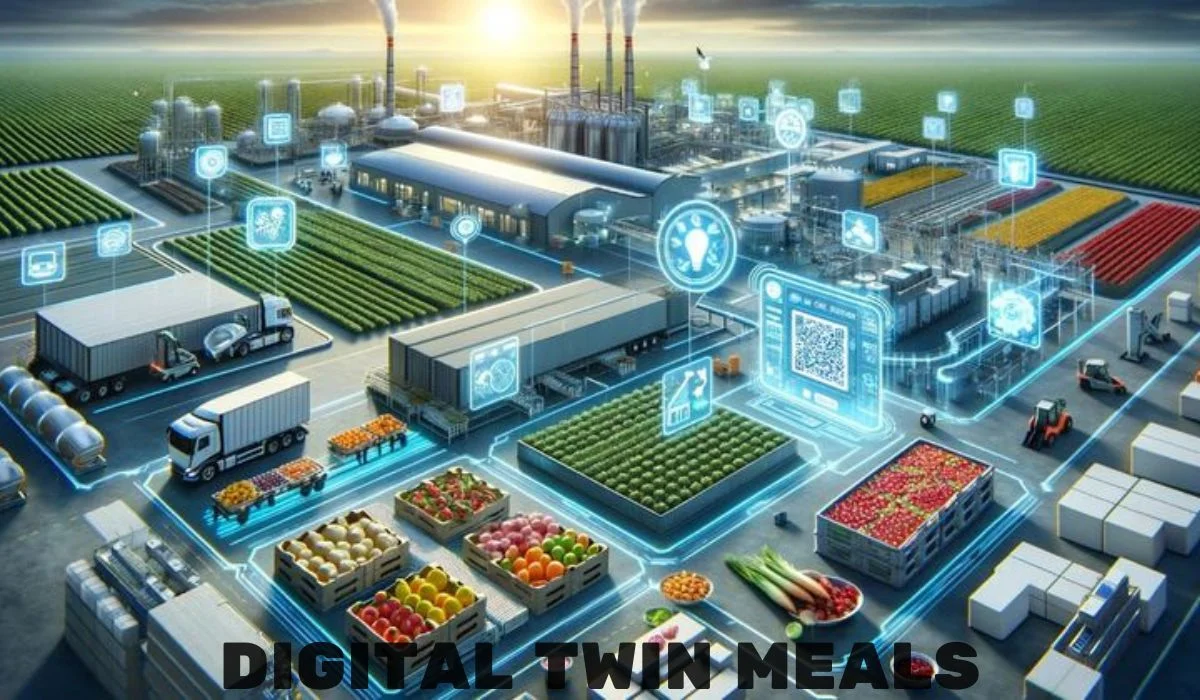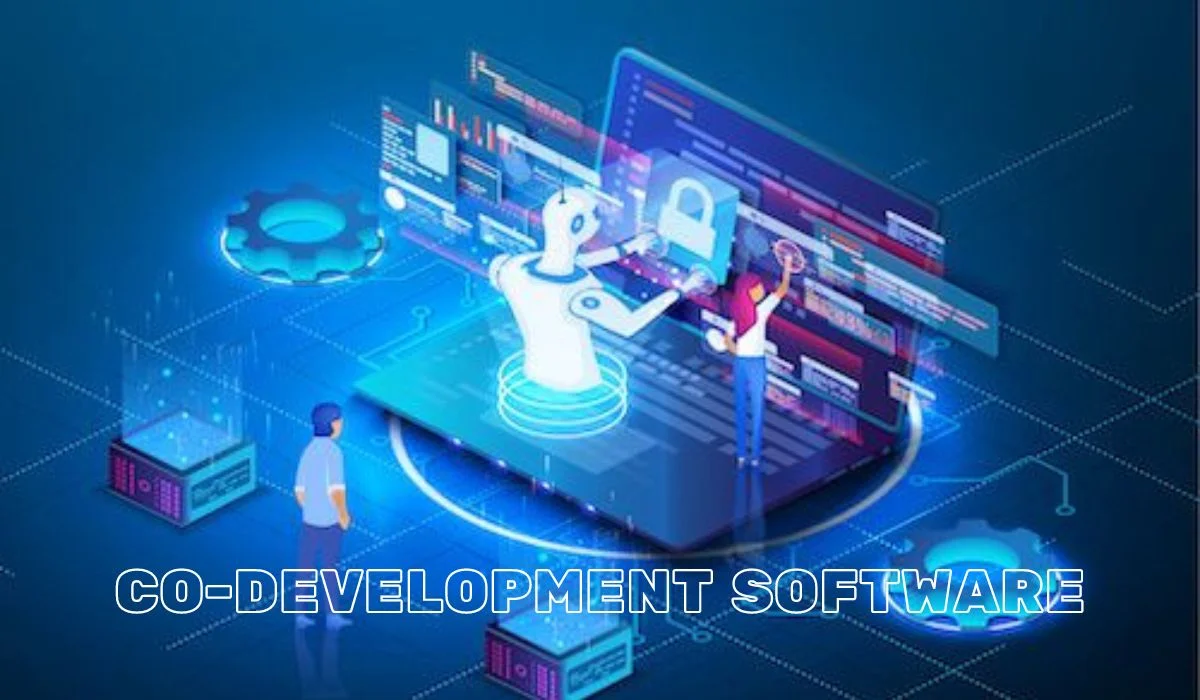In today’s fast-paced world, the food and beverage industry is continuously seeking innovative ways to stay ahead of the curve. One of the most groundbreaking advancements in recent years is the concept of digital twin meals. Imagine having a digital replica of your entire food production process, from raw materials to packaging, that allows you to visualize, optimize, and predict potential issues before they even happen. Sounds like a futuristic dream? Well, it’s already a reality, thanks to digital twin technology.
What Are Digital Twin Meals?
So, what exactly are digital twin meals? At its core, a digital twin is a virtual representation of a physical object or process. In the context of meals, it means creating a digital replica of the entire food production cycle. This technology allows companies to simulate and monitor their processes in real-time, ensuring that every step, from sourcing ingredients to final packaging, is optimized for efficiency and safety.
By using digital twins, food manufacturers can visualize their production layouts, analyze data in real-time, and avoid costly errors that could otherwise lead to delays or production halts. It’s a powerful tool for improving overall operational efficiency, ensuring that products meet quality standards and that production lines run smoothly.
How Digital Twin Technology Works in Food and Beverage
To understand how digital twin technology works, picture an advanced system equipped with sensors, data analytics, and real-time simulations. These systems capture every detail of the production line, from ingredient tracking to equipment performance. The digital twin creates a model that mirrors the physical world, giving manufacturers an exact copy of their operations.
This digital replica continuously updates as new data flows in, making it possible to monitor the production process at every stage. The result? A precise overview of the entire operation that can help manufacturers tweak settings, fix issues before they escalate, and ensure that everything runs like clockwork.
Benefits of Digital Twin Meals
The benefits of digital twin meals are multifaceted:
1. Improved Operational Efficiency
With a digital twin, manufacturers can monitor their operations in real-time. This allows them to quickly identify bottlenecks or inefficiencies and implement changes immediately.
2. Reduction of Errors and Delays
One of the biggest pain points in food production is the potential for errors. Whether it’s incorrect ingredient measurements or machinery malfunction, these issues can lead to costly delays. Digital twins help predict and prevent these errors before they occur.
3. Cost Savings
By optimizing production layouts and ensuring smooth operations, companies can reduce downtime and waste. This leads to significant cost savings over time.
Visualizing Food Production with Digital Twin Technology
One of the standout features of digital twin technology is its ability to provide detailed visualizations of the production process. With digital twin meals, food manufacturers can visualize every stage of their production, allowing them to see where potential problems might arise and address them proactively.
For example, if a certain piece of machinery is prone to breaking down at peak production times, the digital twin will simulate this scenario, giving the company the chance to fix the issue before it happens in the real world.
Real-Time Monitoring and Analysis
Real-time monitoring is another major advantage of digital twin technology. By constantly collecting data, companies can ensure that they’re meeting safety and quality standards at all times. If something goes wrong—whether it’s a temperature spike in storage or a broken conveyor belt—manufacturers can address the problem immediately.
This real-time data also helps with trend analysis. Over time, manufacturers can use the collected data to identify patterns and predict future problems before they occur.
Application of Digital Twin in Food Production
From beverages to ready-made meals, digital twin technology is being used in various sectors of the food and beverage industry. For example, large beverage manufacturers are using it to monitor the bottling process, ensuring that every bottle is filled to the correct level and sealed properly.
Use Cases in Beverage Production
In beverage production, digital twins allow manufacturers to simulate different production scenarios, ensuring that machines are calibrated correctly and preventing bottlenecks. This means smoother operations, fewer breakdowns, and ultimately, higher production volumes.
Impact on Lean Manufacturing
One of the biggest goals for food manufacturers is to adopt lean manufacturing principles. Digital twin technology helps with this by identifying areas where waste can be minimized. Whether it’s reducing excess materials or optimizing labor, digital twins streamline processes to make operations more efficient and sustainable.
Challenges of Implementing Digital Twin Meals
Of course, no new technology is without its challenges. The implementation of digital twin meals does come with some hurdles:
1. Initial Costs
The upfront investment in digital twin technology can be substantial, especially for small to medium-sized businesses.
2. Integration with Existing Systems
Many companies have legacy systems in place, and integrating new digital twin solutions with these older systems can be difficult.
Solutions to Overcome Challenges
However, these challenges are not insurmountable. Companies can mitigate the initial costs by starting small and scaling their digital twin systems over time. As for integration issues, many digital twin providers offer customization options, allowing companies to adapt the technology to their existing infrastructure.
Success Stories in the Food and Beverage Industry
Several companies have already seen incredible success with digital twin meals. One example is a large snack food manufacturer that reduced its production downtime by 20% after implementing digital twin technology to monitor its production line.
Future Trends in Digital Twin Meals
Looking ahead, the future of digital twin technology in food production looks incredibly promising. As technology advances, we can expect even more accurate simulations, better data analytics, and more user-friendly interfaces. The focus will likely shift towards integrating artificial intelligence (AI) to further enhance the capabilities of digital twins.
How to Start Implementing Digital Twin in Your Food Company
Ready to dive into digital twin technology? Here’s a simple step-by-step guide:
- Assess Your Needs: Understand which parts of your production process could benefit from a digital twin.
- Choose the Right Provider: Look for a digital twin solution that aligns with your company’s goals and existing systems.
- Start Small: Implement the technology on a small scale to test its effectiveness before expanding.
- Monitor and Optimize: Continuously analyze the data from your digital twin to make real-time improvements.
Digital Twin and Food Safety
Finally, digital twin meals play a crucial role in ensuring food safety. By continuously monitoring every stage of production, digital twins help manufacturers stay compliant with food safety regulations and prevent contamination risks.
Conclusion
In conclusion, digital twin meals represent the future of food production. By using cutting-edge technology to create digital replicas of their operations, food manufacturers can visualize their processes, optimize efficiency, and avoid costly errors. With benefits ranging from real-time monitoring to improved food safety, it’s clear that digital twins are set to revolutionize the food and beverage industry.
FAQs
What is a digital twin in food production?
A digital twin is a virtual replica of a physical production process, allowing companies to simulate, monitor, and optimize their operations in real-time.
How can digital twin technology improve food safety?
By monitoring every stage of the production process, digital twins help manufacturers detect potential issues, ensuring compliance with food safety standards.
Is digital twin technology expensive to implement?
While there are upfront costs, many companies see a significant return on investment through improved efficiency and reduced waste.
What are the main challenges in adopting digital twin meals?
The primary challenges include high initial costs and integration with legacy systems.
What’s the future of digital twin in the food industry?
As technology evolves, we can expect more advanced simulations, better data insights, and further integration with AI to enhance digital twin capabilities.




